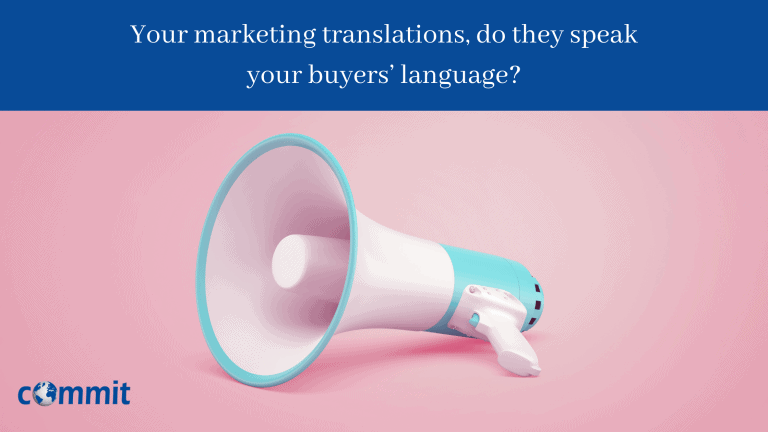|
Listen to Post
|
Listen to this article now:
This is a very good question for businesses that invest in marketing translations with the purpose of expanding their activities beyond their boundaries. Even though English is a commonly used language in many markets, talking to people in a language they understand in depth seems to achieve much better results.
Why businesses want to go global?
If we take a step back and consider the role of global marketing or the reasons why businesses want to expand in foreign markets, we will start to see the usefulness of the content adaptation to the language the audience understands best.
Businesses want to become global for two basic reasons: increase their sales and boost their brand’s reach. The fastest road to increase sales is awareness – through the effective marketing translations of their content, that will be global and local at the same time. Global because it will still convey the same consistent message of a business throughout the world and local because it will be customized in a way to reflect the experiences, the values and the culture of prospective local clients.
The fundamental purpose of marketing translations is to penetrate the target audience and get closer to people. This can be achieved only through the language the audience understands best, as this language will become the means to draw their attention, make them want to learn more, and finally persuade them that the promoted product or service is what they really need.

Creating a personal connection with clients
Even if people tend to use English terminology in some industries, the whole communication still needs to be in the audience’s native language as this is the only way the message can resonate with them and touch their heart and mind – leading them to the decision-making process. According to a Nimdzi report, 9 out of 10 global users will ignore your product if it’s not in their native language.
The language that people understand is the one they will use to search content, read articles, or view a quick video ad from their devices during their free time – it is also the language in which they will share the information with their friends. It is more than obvious that this is the way for businesses to create a personal connection with consumers. The traditional patterns of the one-size marketing campaigns seem to progressively give way to more personalized and interactive approaches. Going even further, marketing localization can be the key for differentiation.
The need for more than just translation…
That said, we can easily assume that what we need here is not just translation but marketing localization in its full meaning – adaptation, customization and creativity, taking into account differentiation. This is the field where marketing localization can be really fruitful. Modern tools open the way to localization for videos, interactive content and anything that could create a one-to-multiple, but also personal relationship with people, anywhere in the world. Studies have shown that marketing localization can bring a drastically improved return on marketing expenses.

Does Machine Translation work with Marketing Localization?
At this point, it would worth mentioning the role of Machine Translation. It has become one of the main trends in the localization world and we cannot ignore the advantages it can bring in terms of costs and time efficiency. However, its use in marketing content has been greatly debated.
If we consider, as mentioned above, that translation in the traditional meaning of the term would not be remotely enough, we can easily assume that marketing material wouldn’t be the ideal candidate for Machine Translation, where the different nuances of a language are usually left out of the whole process. And, most importantly, we would lose authenticity.
Marketing localization is a process that can be developed exclusively between humans. The original message should be felt and conveyed to evoke the same feelings to other people. There is no machine that can feel and adapt content and create feelings from one culture to another. This is also a way for businesses to show that they really care for their audiences…
Learn more about our marketing localization services.








